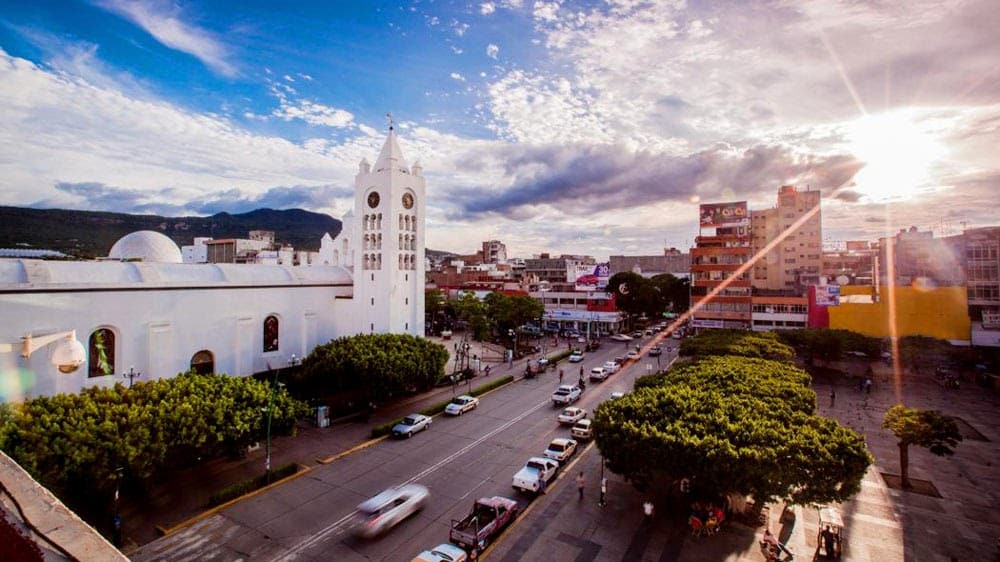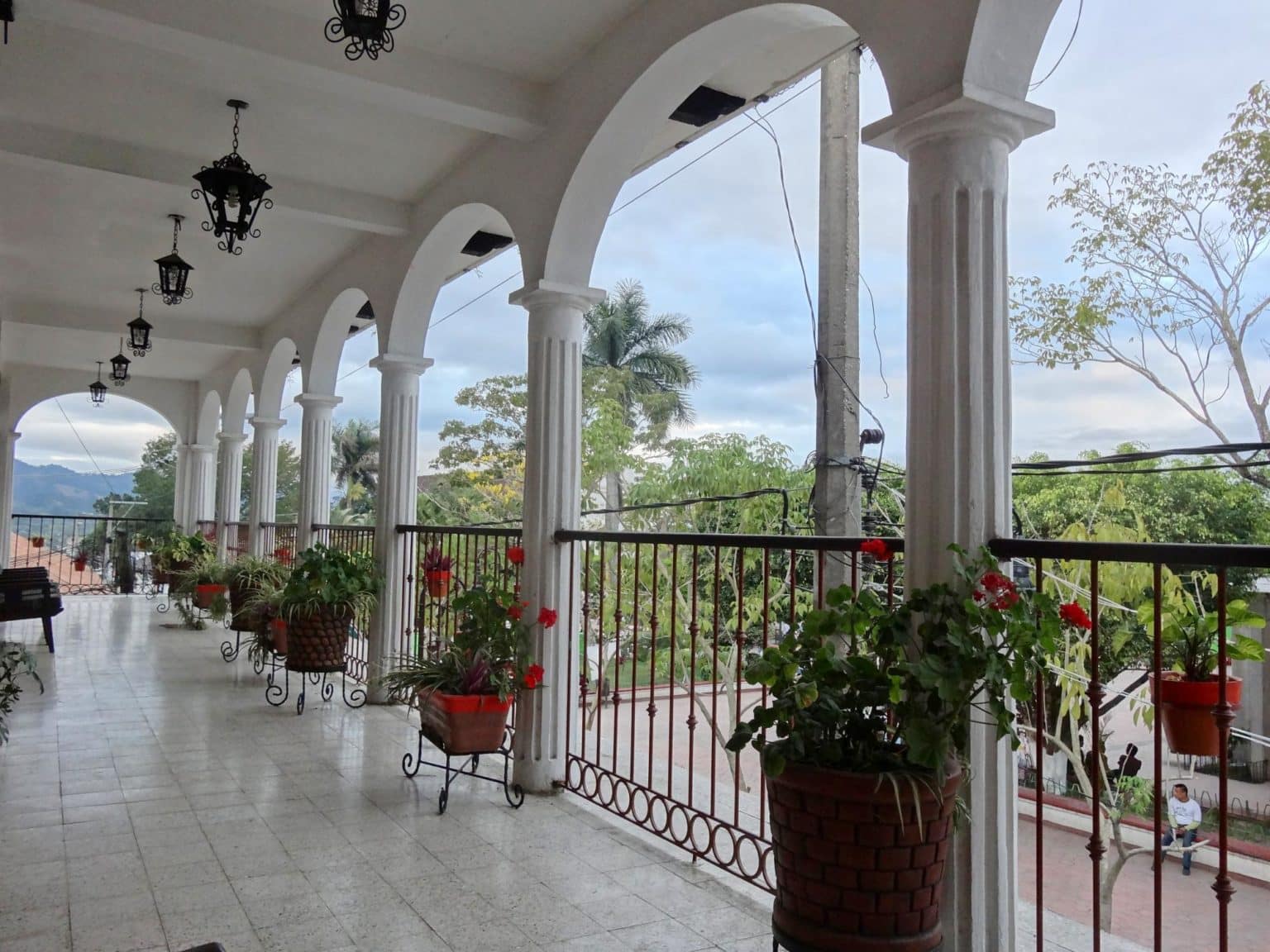
Tuxtla Gutiérrez : Our guide to visit the capital and economic heart of Chiapas
Tuxtla Gutiérrez, capital of the state of Chiapas, retains the air of tranquility that is characteristic of places rich in traditions, customs, legends and rituals
En visitant notre site, vous acceptez notre politique de confidentialité concernant les cookies, les statistiques de suivi, etc.
Given the situation and the impact of the Coronavirus in the world and in Mexico, since the coronavirus arrived in Chiapas this week, the Chiapas Secretary of Tourism is asking that we not leave our homes, which will allow us to fight the spread of the Covid-19 virus in Chiapas. Chiapas will still be waiting for you after the pandemic, and all the many tourist options await you, soon.

Chiapas is like an explosion of feelings and sensations. We hope that with our articles you project yourself in this beautiful state, full of natural beauty, waiting for better days to come and meet us. Our acquaintances who have stayed there agreed on this point and expressed only positive and enriching comments about this state of the Mexican Republic. What remains to be discovered is how much traveling to Chiapas will change you.
The state of Chiapas has four magical cities: San Cristobal de las Casas, Chiapa de Corzo, Palenque and Comitan de Dominguez.
This recognition is given to cities that have a special charm and unique symbolic attributes that enhance the character and identity of the city, which is manifested through its cultural heritage.
Some of these attributes can be history, architecture, gastronomy and craftsmanship, making the visitor’s stay a magical moment.
On Monday, March 30, Mexico declared a state of health emergency until April 30 to combat the Covid-19 pandemic, which killed 28 people in the country. Famous for its nature and historical heritage, Chiapas has since been deserted by tourists, with the country calling on its inhabitants to confine themselves to cope with the epidemic.
As a result, museums are empty, Mayan ruins are deserted and events in Chiapas are cancelled.
In any case, it is unlikely that you will be able to travel to Chiapas in the next 30 days (ban on non-essential travel, border closures, reduced air links…).
Here is some information if you plan to travel to Chiapas during the next few weeks :
The Department of State advises U.S. citizens to avoid all international travel at this time due to the global impact of COVID-19. Many areas throughout the world are now experiencing COVID-19 outbreaks and taking action that may limit traveler mobility, including quarantines and border restrictions.
You can find additional guidance about the Department’s recommendations in response to COVID-19 here.
The city is one of the most beautiful and original in Mexico and Central America, for the evocative colonial image it has retained in its historic centre over the centuries. For us, it is one of the most romantic cities in the world.
Here you will discover architectural treasures in various buildings from the 16th, 17th and 18th centuries. It was Diego de Mazariegos who founded the royal city of Chiapa in 1528 in what is now the historic center of the city, with converging roofs, flowered courtyards, corner balconies, baroque facades, neoclassical and Mudejar style buildings, colorful craftsmanship, exquisite cuisine, ceremonies, processions, popular festivals and ancient legends.
You will also be able to admire other surprising buildings such as the cathedral with its baroque facade in Central American style, the neoclassical city hall, or the church of San Nicolás and its colonial religious architecture typical of Chiapas. The city also has a traditional daily life, with its market of the Tzeltales and Tzotziles with their colorful clothes, coming from different communities to sell or exchange their products.
Chiapa de Corzo is a colonial city of tradition and culture bathed by the warmth of its people. It is one of the most charming cities in Chiapa, located only 15 minutes from the capital. Its value lies in its history, as it was the first city founded by the Spanish in the 16th century.
There are some sublime buildings and constructions, such as the Moorish-inspired brick fountain, unique in Latin America; the Temple of Santo Domingo and the convent building attached to it, which now houses the lacquerware museum, as well as the ruins of the Temple of San Sebastian.
The main square is surrounded by gates, the building of the town hall and the house of Don Angel Albino Corzo, former statesman recognized in Mexico. The main square is also home to the centuries-old ceiba or pochota, a sacred tree that tradition links to the founding of the city.
The city has other points of interest, its neighborhood chapels such as San Jacinto or El Calvario, which preserve a magnificent carved wooden altarpiece on the theme of the Crucifixion; the ruins of the colonial temple of San Sebastian or the pre-Hispanic ruins of the Pre-Classical and Classical periods.
As for gastronomy, don’t miss the baked cochito, the typical sweets (suspiros, chimbos, nuégados) and its traditional drink called “Pozol”. All these dishes have very special flavours that delight the palate.
Its pre-Hispanic name was Balún Canán, which means “place of the nine stars”. The old town was founded in a swamp by a large group of Tzeltal natives. In 1486 it was subdued by the Aztecs who called it Comitán, which means: “Place of fevers”. And on September 3, 1915, the surname Dominguez was added, in memory of the Mexican physician and politician Belisario Dominguez Palencia.
The city grew thanks to the haciendas and became one of the main cities of the province of Chiapas. Walking through its streets is a return to a colorful past, it is a city full of testimonies of centuries of history.
Located in the northwestern part of the state, nestled in the heart of a tropical jungle, it is one of the most important archaeological sites in the Mayan world, a destination not to be missed when traveling in the southern region of Mexico.
The city was founded in 1567 by Fray Pedro Lorenzo de la Nada, in 1573 he gave the community of Palencana three bells as a symbol of the foundation of the city; nowadays, only the largest one is preserved, in the city church considered the only remaining testimony of the foundation.
The astonishing temples and buildings explored since the 19th century date back to a classical period between 400 and 700 AD. Among its most important constructions are the Palace, which stands out for its tower that stands out from the rest of the buildings; the Temple of the Sun, the Temple of the Cross and the Temple of the Foliated Cross.
Buy the Mexico Routard guide on Amazon
Buy Lonely Planet Mexico guide on Amazon
Do you have any questions about the situation in Mexico during COVID-19? Planning a trip to Mexico? Send me a message via the WhatsApp button on your right!
AUTRES ARTICLES

Tuxtla Gutiérrez, capital of the state of Chiapas, retains the air of tranquility that is characteristic of places rich in traditions, customs, legends and rituals

The impressive Sumidero Canyon is a strait crossed by the Grijalva River, with gigantic walls or cliffs that rise more than a thousand meters high.

In Latin America, Chile is a very popular destination for tourists for its rich natural and cultural heritage. Here are 5 places of the country to discover off the beaten track.

The state of Chiapas in Mexico, known for its large tropical forest filled with archaeological sites that tell of its history, has become a tourist

The possibilities for spending the night in Ocosingo are somewhat limited, but we have selected the best addresses in this isolated town between the jungle

In what parts of Chiapas could you live among the Mayans? This immersion in a Mayan village in Chiapas tells you absolutely everything!